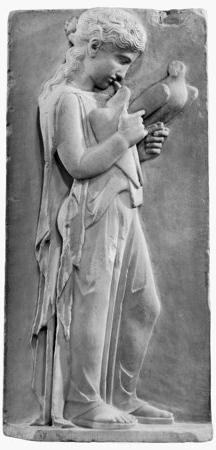Penelope vs. Helen: The Two Tropes of Women as Reimagined By Margaret Atwood in The Penelopiad Genna Rivieccio
I
n a time that is theoretically meant to represent all manner of possibility and “openness,” it would appear as though, somehow, we are still left with only the black and white emblems: virgin or whore. Intelligent or fuckable (and, in both cases, it means rapeable, for a misogynist sees all vagina as “fair game” for taking out rage). With this lack of any real shift in gender views beneath the very easily penetrable surface, it makes sense that Margaret Atwood should hone in on both Penelope and Helen from The Odyssey as a means to accent the longstanding and persistent short-sightedness of what a woman “can be.” Additionally, Atwood lends a more specific emphasis on the story of the
twelve hanged maids that had been Penelope’s loyal subjects—even helping her to unravel the shroud (in secret, at night of course) she is weaving as a means to promise her many suitors that have come to court her in Odysseus’ absence that she will make a decision about who to marry once she finishes making it for her father-in-law. Of course, since she’s “clever” and not “beautiful,” Penelope is only doing this as a means to buy as much time as possible, fully aware that none of them are interested in her for her looks, therefore love, but simply want to pluck up her dowry and real estate, even if Ithaca is one of the more bumpkin parts of Greece. Atwood, who has increasingly become a
95.













